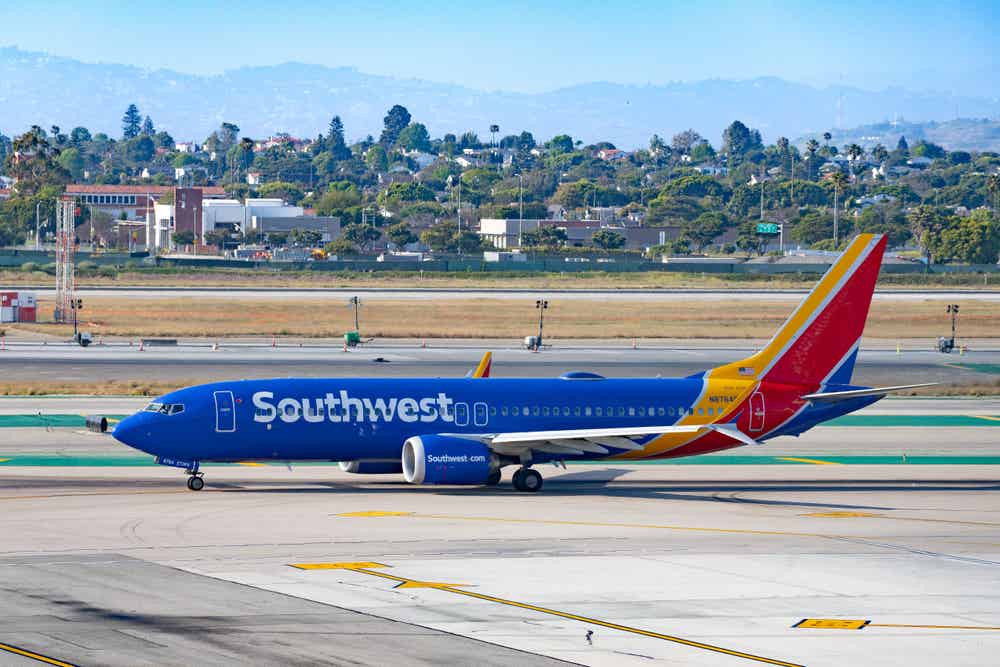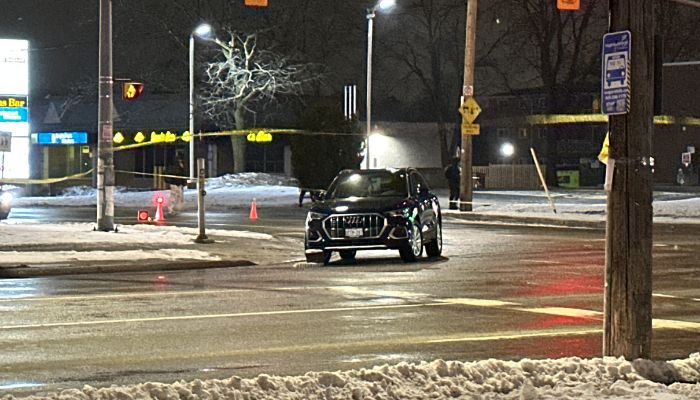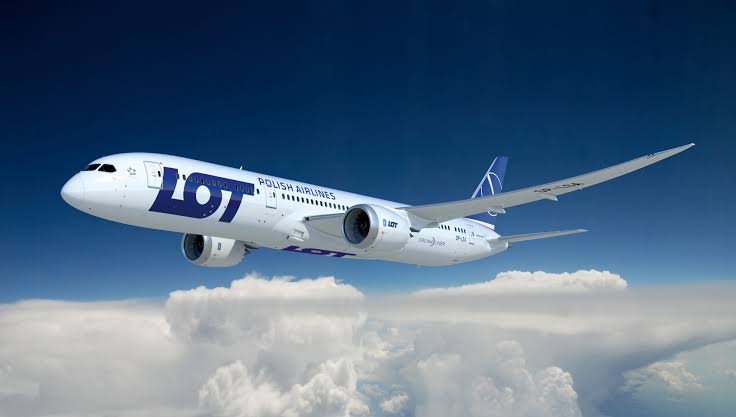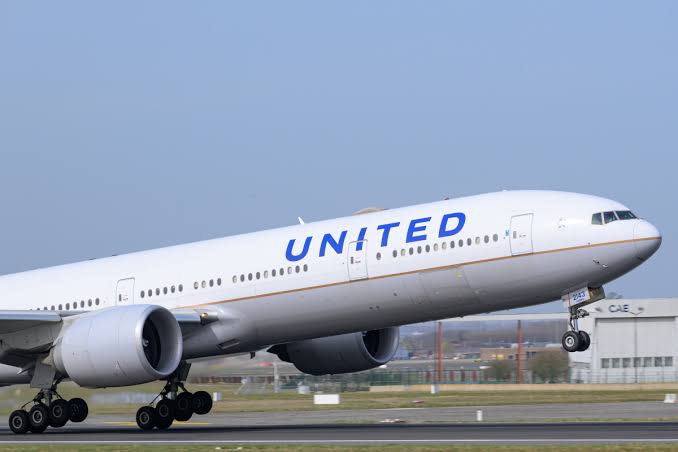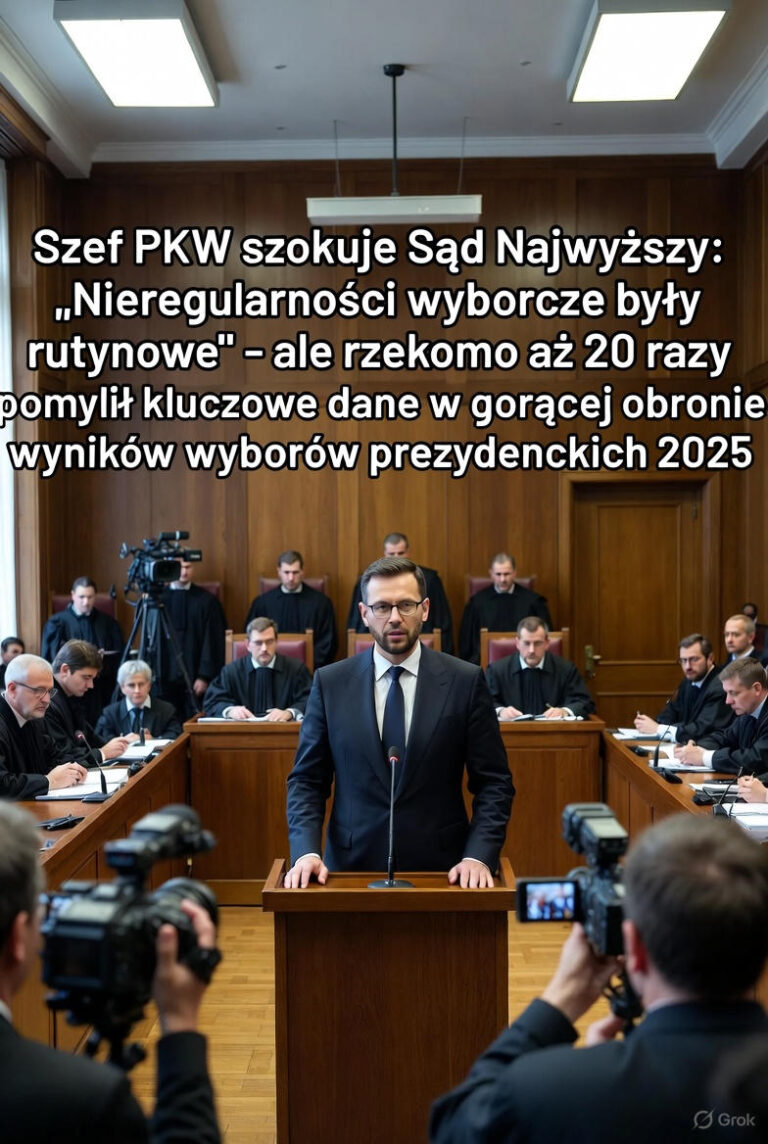Video shows Southwest plane narrowly avoiding collision with a private jet, triggering FAA investigation
Southwest Airlines Plane Narrowly Avoids Collision with Private Jet at Chicago Midway Airport
A recent aviation incident at Chicago Midway International Airport (MDW) has raised serious safety concerns after a Southwest Airlines plane had to abort its landing to avoid a potential collision with a private jet that had mistakenly entered the active runway. The incident, which occurred on February 25, 2025, has sparked an FAA (Federal Aviation Administration) investigation, highlighting the increasing frequency of near-miss incidents at U.S. airports.
Incident Overview: What Happened?
According to FAA reports and eyewitness accounts, a Southwest Airlines Boeing 737 was in the final stages of landing at Midway Airport when air traffic controllers noticed an unauthorized private jet entering the same runway. The Southwest aircraft was just seconds away from touching down when the pilots were instructed to execute a go-around maneuver, a standard safety procedure where an aircraft rapidly ascends to avoid a potential collision.
A video of the incident captured by aviation enthusiasts at Midway shows the dramatic moment when the Southwest plane, already aligned for landing, abruptly pulled up just as the private jet crossed onto the runway. The two aircraft came dangerously close, though an exact distance has not yet been disclosed by investigators.
What is a Go-Around, and Why Was It Necessary?
A go-around is an aviation term for when a pilot aborts a landing attempt and climbs back into the sky. This is typically performed in response to safety concerns, such as:
Unexpected obstacles on the runway (e.g., another aircraft, vehicles, or debris).
Unstable landing conditions, such as poor visibility or sudden wind changes.
Technical issues that require more time to properly land.
In this case, the private jet’s unauthorized presence on the runway created an immediate collision risk, leaving Southwest Airlines pilots no choice but to execute an emergency go-around.
FAA and NTSB Investigations Underway
The FAA confirmed it is investigating the incident, specifically analyzing:
Why the private jet was on the active runway despite air traffic control procedures.
Communication between the Southwest flight crew and air traffic controllers.
Possible pilot error or miscommunication.
Any potential issues with Midway Airport’s runway monitoring systems.
The National Transportation Safety Board (NTSB) is also reportedly reviewing the case to determine if further safety recommendations should be made for runway operations at Midway and similar airports.
Past Near-Miss Incidents Raise Concerns
This incident adds to a growing list of runway incursions and near-miss collisions in U.S. airspace in recent years. Aviation experts have warned that staffing shortages, outdated air traffic control technology, and high traffic volume are increasing the risk of such dangerous events.
Some other recent near-misses include:
JFK Airport (2023): A Delta plane had to abort takeoff after an American Airlines aircraft accidentally crossed its path.
Austin-Bergstrom Airport (2023): A FedEx cargo plane was forced to go around when a Southwest Airlines flight was still on the runway.
Boston Logan Airport (2023): A JetBlue aircraft had to execute a go-around to avoid colliding with a private jet.
These incidents have prompted calls for improved runway safety technology, stricter air traffic control protocols, and enhanced pilot training to prevent future mishaps.
Passenger and Industry Reactions
Passengers aboard the Southwest Airlines flight reported feeling a sudden increase in thrust as the plane climbed back into the air. While some were unaware of the exact reason for the maneuver, others became concerned after noticing the private jet on the runway below.
Aviation experts stress that go-arounds, while dramatic, are part of standard safety procedures and demonstrate the effectiveness of pilot training and air traffic control coordination. However, they also note that the increase in such incidents is worrisome and points to systemic challenges within the aviation industry.
What’s Next?
The FAA and NTSB are expected to release preliminary findings from their investigation within a few weeks, with a full report to follow. Meanwhile, airlines and airport authorities will likely reassess their safety protocols to prevent similar close calls in the future.
For passengers, this incident serves as a reminder of the importance of strict aviation safety regulations and the expertise of pilots in handling unexpected situations. Fortunately, in this case, tragedy was avoided thanks to swift action by the Southwest Airlines crew and air traffic controllers.
